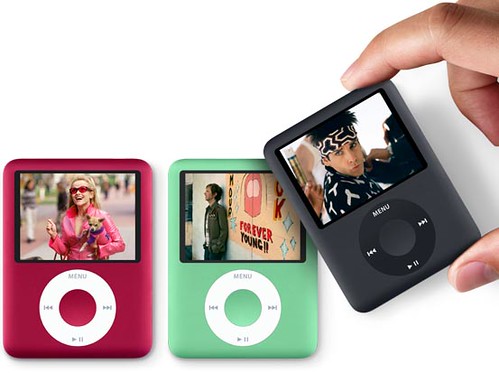Nokia E90 Communicator is a 3G smartphone made by Nokia and the latest model of the Communicator series. It was announced in February 2007 at the 3GSM show in Barcelona.
The first Nokia E90 unit was sold in an auction in Jakarta, Indonesia on May 17, 2007 for Rp. 45,000,000 (5,000 US$).Indonesia being one of the largest market share for Nokia's communicator series is cited as a reason for the unit's first launch location.

E90 starts the fifth generation of Nokia's communicators, and also introduces a new platform to Nokia's communicator line, Series 60 v3. Previous communicators have been based on either GeOS or Series 80. E90 is also the first Nokia communicator to have UMTS/HSDPA connectivity and integrated GPS. It features OSGi and eRCP, Eclipse RCP for embedded systems.
Early user-feedback and reviews highlighted a defect in the microphone of Nokia E90. Nokia initially denied the existence of the defect, but it was later acknowledged by Nokia Europe, and addressed in the Q3 earnings report released on October 18, 2007,[3] stating that the issue has now been fully resolved. Early phones sold in Belgium offered a choice of English, Dutch or Romanian but not French language.
Firmware version 7.40.1.2, released in late October 2007, added support for A-GPS, intended to enhance GPS performance in poor signal conditions, such as in city streets overshadowed by buildings. This version also upgraded the Maps application. As of June 2009 the most recent firmware version is 400.34.93.
Specification
Platform
Operating System Symbian OS v9.2 S60 Platform, 3rd Edition, Feature Pack 1
CPU ARM11 (OMAP2420 @ 330 MHz)
RAM (built in) 128 MB shared
Expandable memory Originally stated as 2GB maximum- this has now been changed to 4GB on the nokia website specifications. microSD/microSDHC hot-swappable. However, 16GB has been observed to work.
Phone Features
Messaging SMS, MMS, Email (IMAP4, POP3, SMTP), Instant Messaging
Voice Recognition Yes
Speakerphone Yes
Video calls Yes (QCIF camera)
Push to talk Yes
Vibration Yes
Call log Yes (maximum of 30 days)
Connectivity
GSM Yes (Quadband 850/900/1800/1900 MHz)
CDMA Yes (WCDMA 2100 MHz with simultaneous voice and packet data)
3G Yes (UMTS 2100 with HSDPA of 3.6 Mbit/s).
GPRS Yes
EDGE Yes
WLAN Yes (Wi-Fi 802.11b/g)
VOIP Yes
GPS Yes (integrated)
FM radio Yes (requires included headset)
Bluetooth Yes (v2.0 with Enhanced Data Rate & A2DP)
Infrared Yes
USB Yes (v2.0 miniUSB)
Fax No
BlackBerry Yes (with BlackBerry Connect v4.0 Software, including over the air activation)
Misc.
Offline mode Yes, However Bluetooth and WiFi may be switched on independently.
Office Suite Quickoffice (Microsoft Office compatible)
Web browser WAP 2.0, xHTML, HTML (limited Adobe Flash support)
Java support Yes (MIDP 2.0, CLDC 1.1)
PDF viewer Yes (Adobe Acrobat Reader LE 1.5.0)
GPS Integration
Nokia Maps
Google Maps
Garmin
Camera 3.2 megapixels (with autofocus and LED flash), video at (up to) VGA (640×480), up to 30 fps
Video player Yes (built-in Real Player)
Displays
Exterior screen TFT, 16M colors, 240×320 pixels, 2 inch
Internal screen TFT, 16.7M colors, 800×352 pixels, 4 inch
Battery
Removable battery Yes
Battery Type BP-4L, Li-Ion 1500 mAh
Stand-by time Up to 14 days
Talk time Up to 5.8 hours
Physical
Form factor Clamshell with full QWERTY keyboard
Dimensions 132 × 57 × 20 mm
Weight 210 gram
The Nokia E90 does not support fax as fax services are not included in the 3G Specifications. It does however support fax through Content Beamer application.
Supports Microsoft Exchange email via the Nokia "Mail for Exchange" software application. This program does not support folders or native HTML mail.
Since Nokia E90's web browser shares similar code-base as iPhone's Safari browser, most iPhone Web Applications are accessible through Nokia E90's browser as well.





























